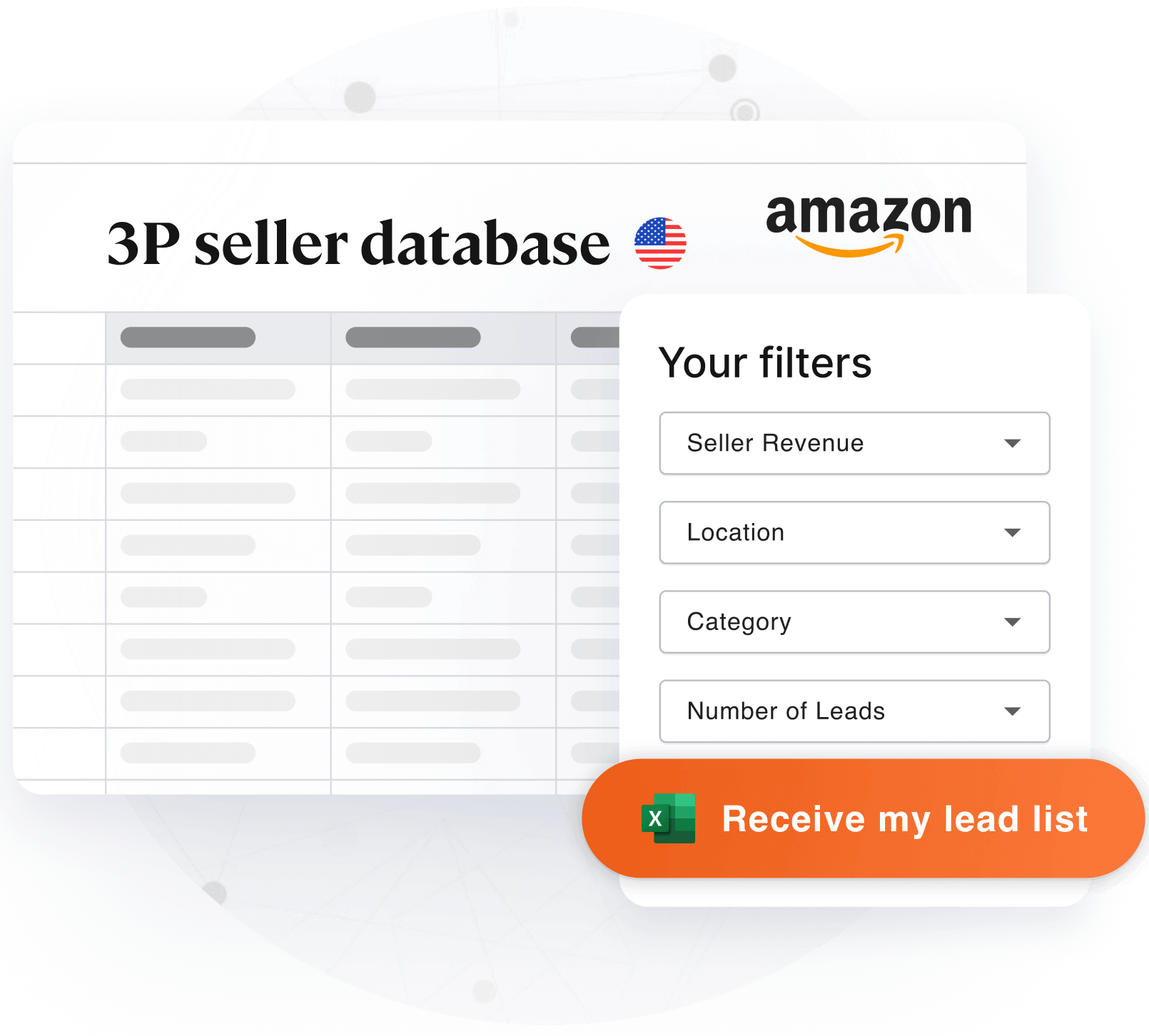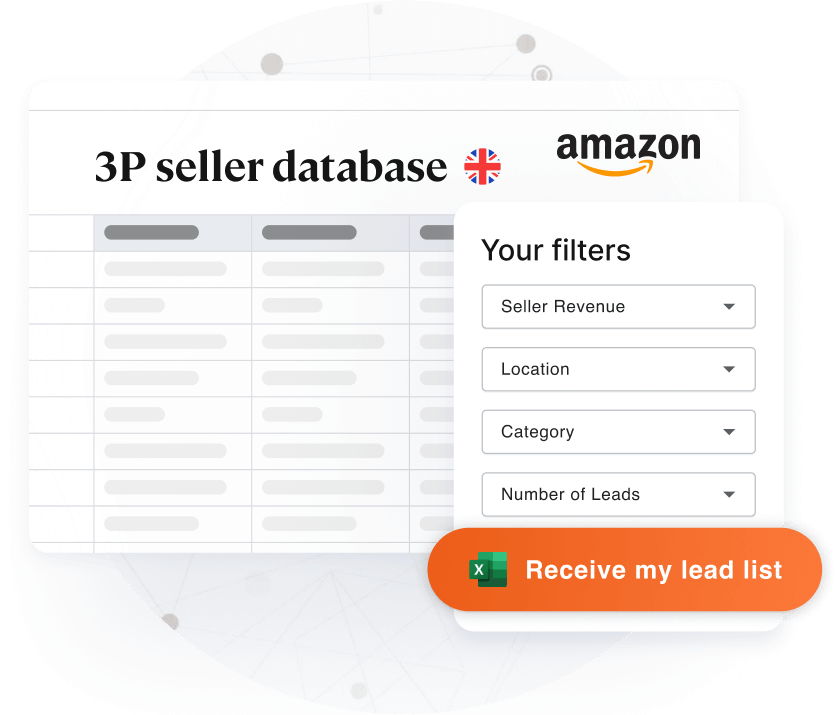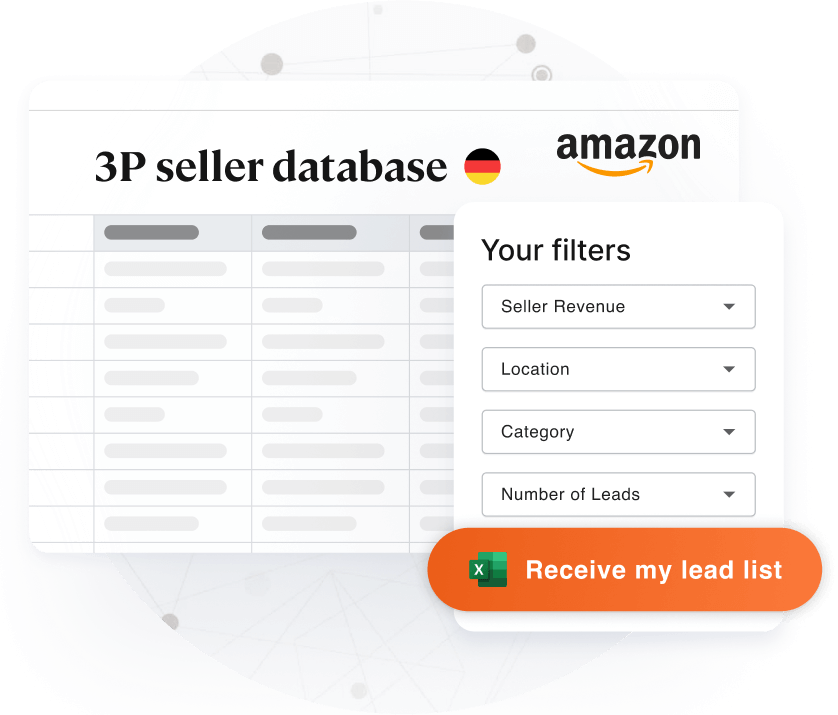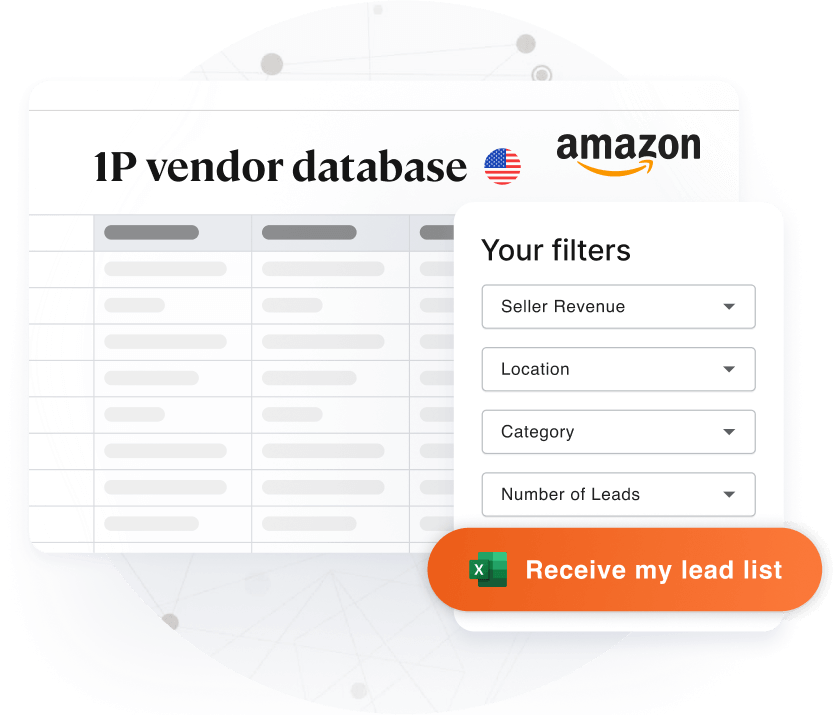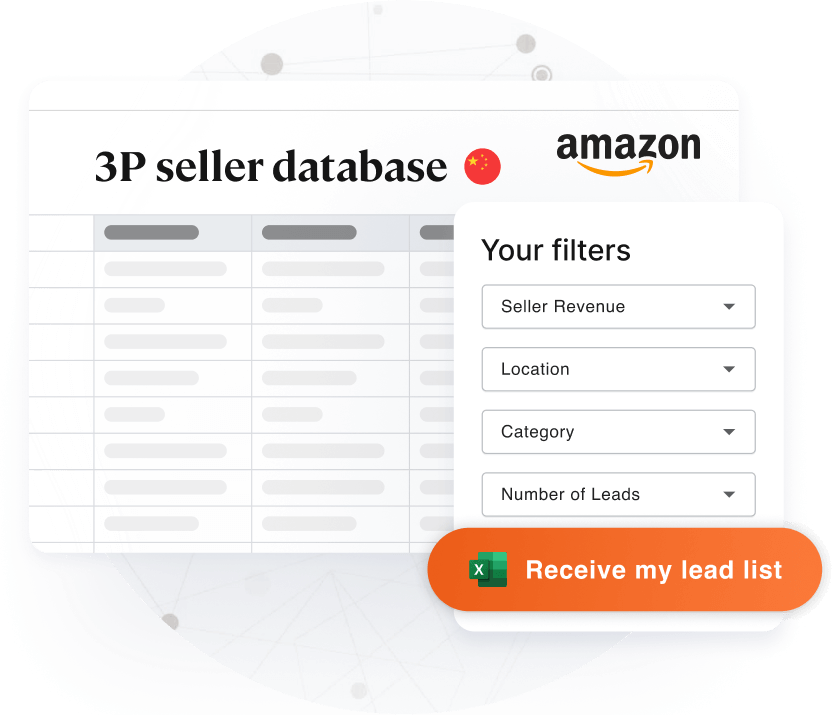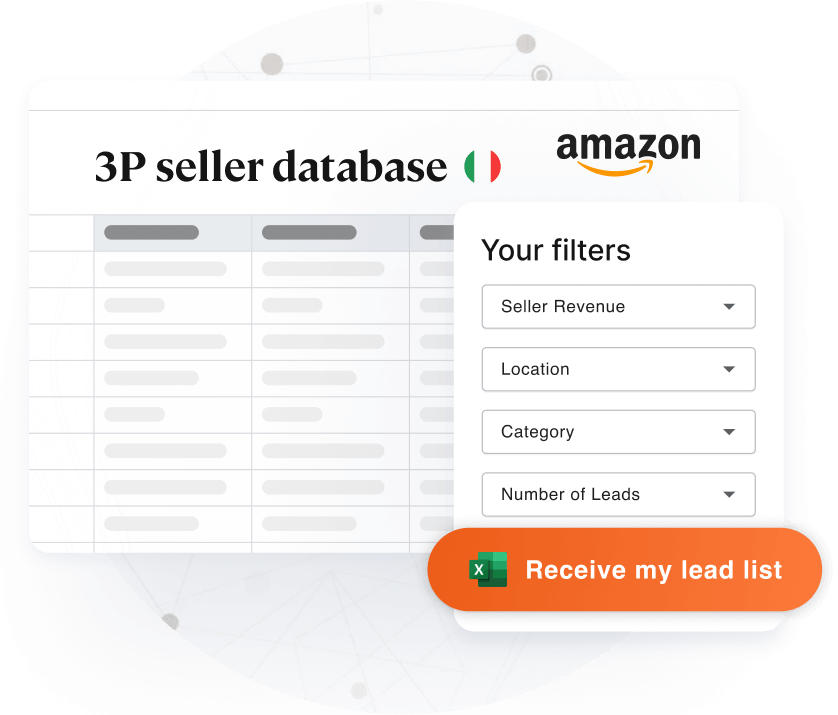Amazon is the largest online retailer. Half of its sales are generated through third-party sellers. These sellers come from all walks of life, ranging from aspiring entrepreneurs to some of the world's largest brands. It is essential to familiarize yourself with the playing field to understand your clients' needs and preferences. Here is a brief profile of sellers on Amazon.
Who Sells on Amazon?
The correct question here should be: who can't sell on Amazon? Ideally, anyone of legal age in countries where Amazon operates can launch an e-commerce store on the platform. Respondents include men and women of all ages (between 18 and 80+) from 70 countries worldwide.
To this end, sellers on the platform include aspiring entrepreneurs, small business owners, established brand managers, and marketing agencies exploiting the platform as a sales channel for their clients. It also goes without mentioning that the biggest seller on Amazon is Amazon itself.
Types of Sellers & Businesses on Amazon
Sellers and businesses on Amazon can be grouped into several categories depending on factors such as their clientele base. These categories include:
-
First-Party Sellers (1P)
First-party sellers (1P) include Amazon and sellers selling directly to Amazon (which then lists and resells) via the Amazon Vendor Central program. 1P sellers account for about 50% of all sales on the platform.
-
Third-Party Sellers (3P)
Third-party sellers are e-commerce merchants who use Amazon as a host platform through which they can sell their products. These sellers have to pay Amazon a fraction of their revenues as a referral fee.
3P sellers on Amazon are further subdivided into two categories: Fulfilled by Amazon (FBA) and Fulfilled by Merchant (FBM). FBA merchants only handle marketing and leave Amazon to pick, pack, and ship (fulfill) the orders. FBM merchants handle sales as well as fulfillment.
-
Agencies
A fraction of 3P sellers on Amazon don't manage their e-commerce accounts directly. Marketing and sales agencies that sell their clients' products online often use Amazon as an e-commerce sales channel.
-
Digital Creators
Amazon is also popular with digital media creators. Some of the most notable ones include Merch by Amazon and Kindle Direct Publishing.
Amazon Sellers' Demographics
As mentioned, Amazon sellers' respondents comprise men and women of all ages across 70 countries. Here is an overview of their demographics based on the following three important factors:
Location
About half of all sellers on Amazon are spread out across the following five countries:
- United States of America – 49%
- United Kingdom – 7%
- Canada – 7%
- China – 7%
- India – 5%
All other countries where Amazon operates account for about 25% of the sellers on the platform. Most of the U.S.-based sellers are located in California (18%), Florida (9%), Texas (9%), New York (6%), and Illinois (6%).
It is worth noting that china actually accounts for between 35% and 40% of all sellers on Amazon. However, this doesn't appear so because many Chinese sellers operate under entities based in the United States.
Age & Sex
Men account for 64% of sellers on Amazon, while women account for 32% - other genders account for 6%. Sellers on Amazon fit virtually all age brackets, from 18 years old to more than 80. Here is a breakdown of sellers' ages:
- 18 years old – 24.5%
- 25-34 years old – 30%
- 35-44 years old – 28%
- 45-54 years old – 21%
- 55-64 years old – 12%
- 65-80 years old – 3%
- 80+ years old – about 1%
Employment
Many of the sellers on Amazon are also employed in other occupations, including:
- 36% have full-time jobs that take up more than 40 hours per week.
- 9% are employed part-time working less than 40 hours per week.
- 25% are self-employed and run their own businesses.
- 22% earn all of their income through Amazon.
It is also worth noting that more people are joining Amazon as sellers, especially because of the effects of the COVID-19 pandemic.
